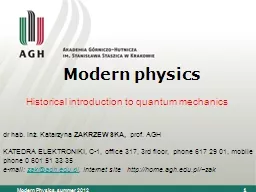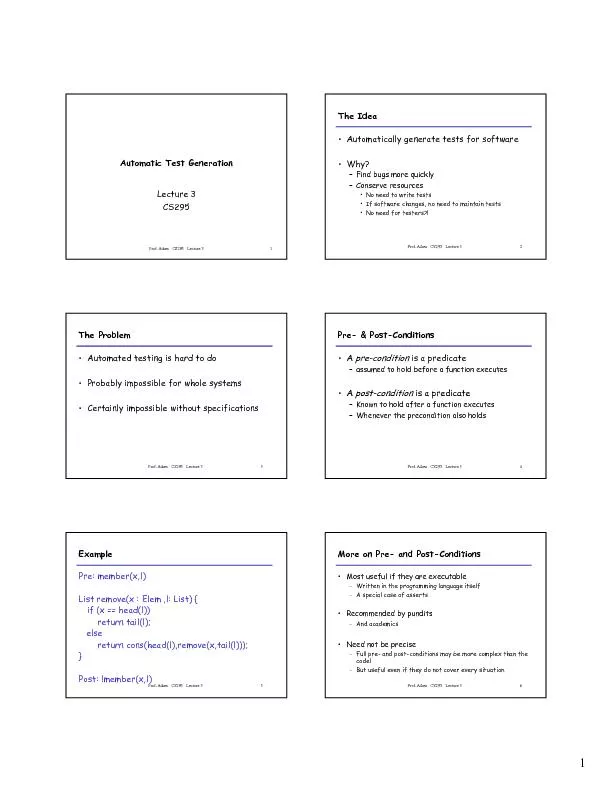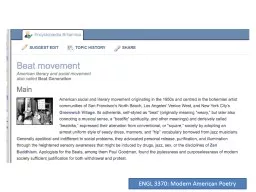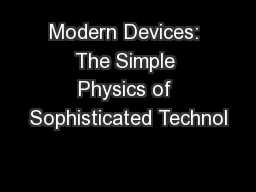PPT-CS295: Modern Systems:
Author : danika-pritchard | Published Date : 2019-11-22
CS295 Modern Systems Application Case Study Neural Network Accelerator 2 SangWoo Jun Spring 2019 Many slides adapted from Hyoukjun Kwons Gatech Designing CNN Accelerators
Presentation Embed Code
Download Presentation
Download Presentation The PPT/PDF document "CS295: Modern Systems:" is the property of its rightful owner. Permission is granted to download and print the materials on this website for personal, non-commercial use only, and to display it on your personal computer provided you do not modify the materials and that you retain all copyright notices contained in the materials. By downloading content from our website, you accept the terms of this agreement.
CS295: Modern Systems:: Transcript
Download Rules Of Document
"CS295: Modern Systems:"The content belongs to its owner. You may download and print it for personal use, without modification, and keep all copyright notices. By downloading, you agree to these terms.
Related Documents














